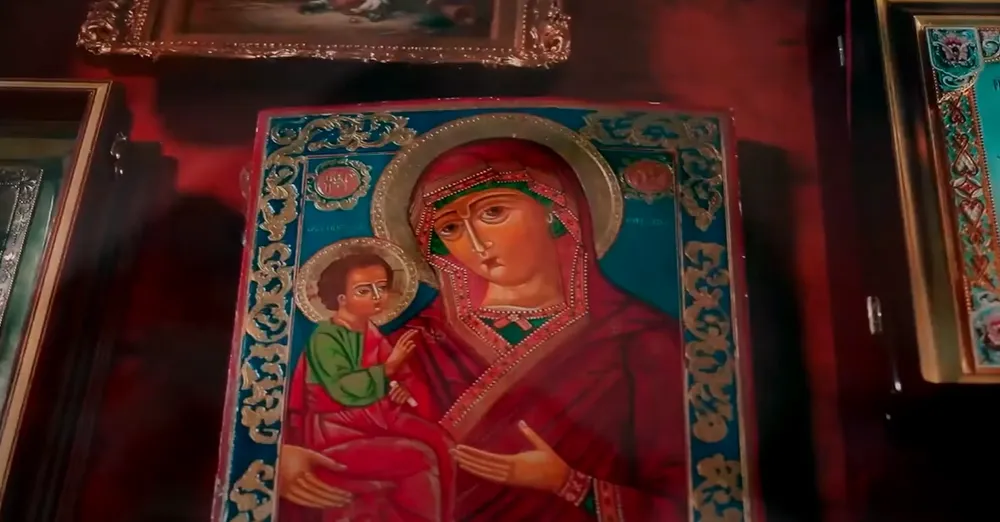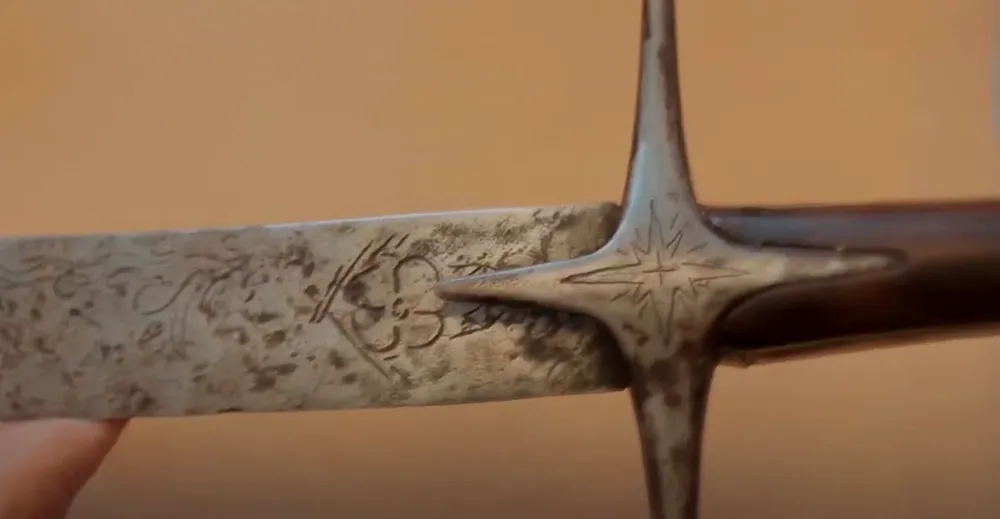Distinguishing cultural property from antiques - Kyiv Scientific Research Institute of Forensic Expertise told about the peculiarities of examination of seized private collections
Kyiv • UNN
The experts of the Kyiv Scientific Research Institute of Forensic Expertise are examining the seized private collections, including those of Viktor Medvedchuk, to establish their cultural value and authenticity within the framework of criminal proceedings.

Currently, experts from Kyiv Scientific Research Institute of Forensic Expertise are conducting research on private collections seized in criminal proceedings. Including those of well-known political figures. Nataliia Kovtiukh, Head of the Art History Research Department of Kyiv Scientific Research Institute of Forensic Expertise, spoke about the peculiarities of such examinations in a commentary to UNN.
Details
According to her, the main task of such examinations is to determine whether an object is of cultural value. In particular, this applies to Viktor Medvedchuk's collection.
"Everyone has heard of Viktor Medvedchuk's collection, which is very large in terms of objects, but in addition to this collection, we have other interesting things in our work. In general, an art historical examination is a process of researching the authenticity of objects, attributing an object to a particular author, determining the degree of preservation of an object, the presence or absence of restoration work, determining the artistic level, belonging to a certain period of time, determining the value, and so on, that is, determining the signs by which an expert can answer the question: whether the object under study belongs to cultural property and what is its value. In all criminal proceedings where relevant questions arise, we can be involved and perform them. Nowadays, in the vast majority of cases, it is the seizure of private collections and, accordingly, all the questions are about their condition, originality, valuation, etc."
She clarified that it is necessary to distinguish between the concepts of antiques and cultural property.
"We have the concept of antiques and the concept of cultural property. Cultural values are objects of material and spiritual culture that have artistic, historical, ethnographic and scientific significance and are subject to preservation, reproduction, and protection, the list of which is defined by the Law of Ukraine "On the Export, Import and Return of Cultural Property." In other words, if you have an old 20th-century Psalter at home, for example, it does not necessarily belong to cultural property. A large number of such editions could have been printed at that time, and yes, it will have its own history, an old year of publication, but it will not have historical, scientific, or artistic significance. It should be something unique, possibly with original illustrations, techniques, decoration, not a widely circulated edition," the expert added.

She noted that an item can also become a cultural value if it belonged to a person or was involved in important historical events.
"Let's imagine that we have a chair made, for example, in the early 90s. It's nothing special. However, if it was Leonid Kravchuk's favorite chair, then the story becomes personified and is perceived in a completely different way. Recall the case when a collage depicting Barack Obama by Shepard Fairey was sold at a charity auction for $20,000. Civil War sabers are also very popular at American auctions. On average, an ordinary officer's saber of that time costs from 8 to 15 thousand dollars. But if it is, for example, Abraham Lincoln's saber, it is already a cultural value and is worth ten times more, because he is a significant historical figure. Of course, there are many similar examples," Natalia Kovtyukh summarized.
